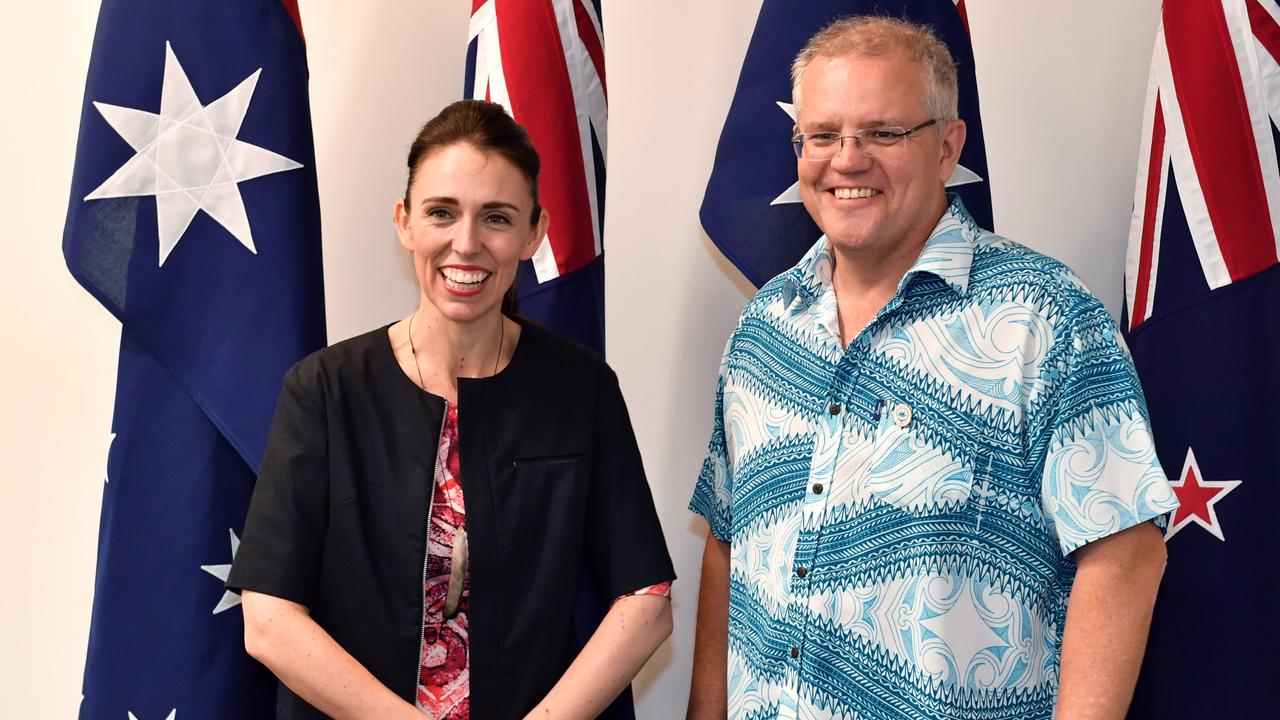Boasting about overpaying the tradesman isn’t what most households do, but governments seem to revel in it. The higher the price, the better, in what has become a synchronised binge on infrastructure by the nation’s state and federal governments.
The NSW government featured a record $87 billion spending on infrastructure across the next four years in its latest budget. Victoria said it had doubled its annual spending to $10bn a year, higher even than the federal government, which is promising $75bn across 10 years.
The growing torrent of billions to build or improve roads, railways, schools and hospitals is laudable, but there are three problems. First, the construction workforce won’t keep up with the boundless enthusiasm for spending taxpayers’ money. Laying a kilometre of highway costs from $2 million to $10m, according to the federal Department of Infrastructure, Regional Development and Cities.
The NSW government is planning to spend $42,900 a metre on the $450m, 10.5km Berry to Bomaderry highway upgrade. Fingers crossed there are no cost blowouts. That’s nothing compared with Sydney’s light rail, though, which is costing $600,000 a metre to wind its way down from Circular Quay. You can have a house or a metre of rail line.
Hospitals? Before running costs, the federal and NSW governments are spending $1.4m a bed — three new Rolls-Royce Phantoms — for the new $187m Bega Hospital. People are doing well out of this, but it’s not the taxpayers.
Second, while politicians trumpet the high price tags, they play down the impact on the governments’ financial position. The federal government is upbraided for “hiding” the extent of its spending off the balance sheet, away from the underlying budget outcome everyone seems to focus on. The states, with much larger responsibilities for public works, do the same on a much bigger scale.
The state budgets brought down this year highlight healthy surpluses, yet all are also reporting a rapidly rising debt burden. How can this be?
In fact, when capital spending is factored in, the pendulum swings massively into the red. NSW, for instance, recently announced a $1.4bn surplus next financial year. But on the old headline budget measure, which states used before 2005, the “net borrowing requirement”, it’s a deficit of $10.2bn next year and $9.9bn the year after that.
“The emphasis on operating surpluses gives the false impression that governments are paying their way every year when in fact they are only getting by through increasing liabilities or selling assets. It is not something they can do forever,” says former NSW treasurer Michael Egan.
Third, partly funding the public works spree by selling income-generating assets erodes the government’s finances and could even undermine economic growth.
Asset recycling, as it’s known, is all the rage, and it has been a good way to accelerate development. But the assets being swapped aren’t always like-for-like.
In its assessment of the NSW budget, ratings agency Moody’s pointed out this week that “health” and “education” were earmarked to receive $8bn and $6.4bn, respectively, in capital spending across the forward estimates. You can bet the financial return on those “investments” will be zero.
The state has sold electricity poles and wires, ports, land registries and the Snowy Hydro scheme, all of them generating cash to varying degrees, and put the money towards hospitals, schools, roads and trains, which don’t. “Selling income-earning assets in order to purchase assets that lose money is a very costly policy in the medium and long-term,” Egan says.
The economy-wide dividend from privatisations, especially natural monopolies such as airports, can be debated if they aren’t regulated properly. Is the $4.50 gouge of every passenger who gets a taxi at Sydney airport justified? No wonder Sydney Airport Corporation’s share price has soared sevenfold since 2002. Service, and especially the runways, don’t appear to have changed much in that time.
In theory, brilliant, unbiased regulators step in to make sure everything purrs along, stamping out gouging. Yet the reality isn’t like the textbooks. The regulation of the poles and wires, for instance, has been one of the biggest policy failures of the past 20 years, leading to a gold-plating that has ratcheted up power bills forever. “Regulation” of the finance sector led to the biggest financial crisis since the 1930s.
It’s a little bizarre when governments brag about how much they’ve sold utilities for because the sale price relates to how much the new owners think they can get away with squeezing customers.
The Daily Telegraph was right to question the sale of the NSW land and titles office last week, which has seen prices for a search more than triple. It earned the government more than $100m a year until it was privatised for $2.6bn last year. Other states are desperate to do the same, it seems.
In fact, there’s a greater intellectual case for keeping things such as airports and land titles offices in state-run hands and selling off swathes of the ABC, which has many viable competitors.
Sometimes it can be better to run essential services cheaply, at cost, leaving consumers with more money to spend in areas where genuine competition can function. Selling the Sydney Harbour Bridge might net a tidy sum for the government but the ensuing massive tolls sure to emerge would throttle commerce.
As for private-sector efficiency, well, it depends how you define it.
Telstra was sold 20 years ago and, based on the events this week, has been carrying 8000 staff surplus to requirements. The Commonwealth Bank, among other recent milestones, has done a brilliant job in propping up the wage growth figures. In 1997 its top 12 executives earned a combined $6.6m. Last year the 12 highest paid executives earned almost $32m, an increase six times as fast as wage growth in the economy across the period.




To join the conversation, please log in. Don't have an account? Register
Join the conversation, you are commenting as Logout